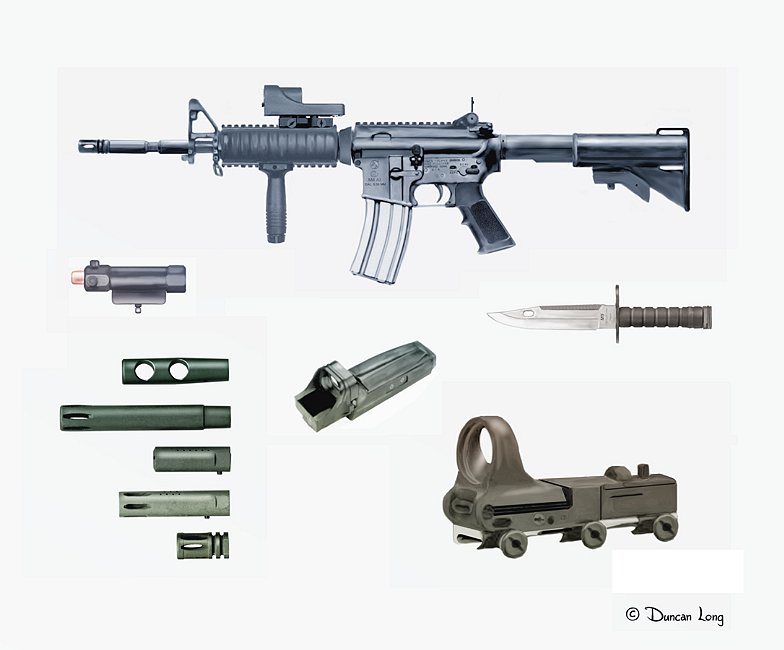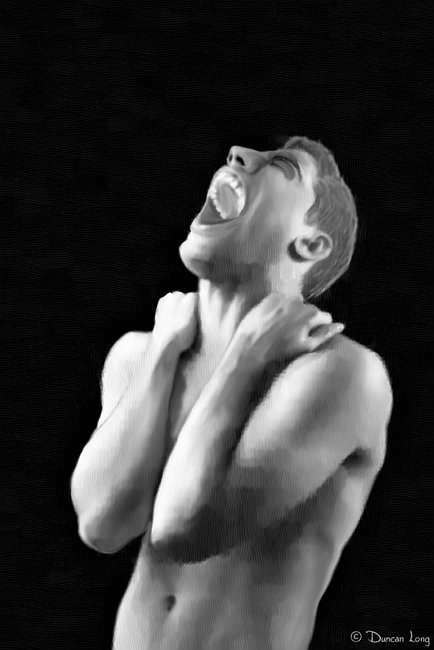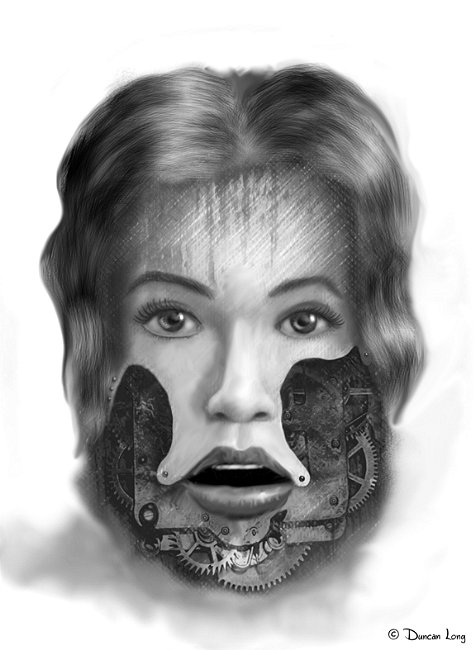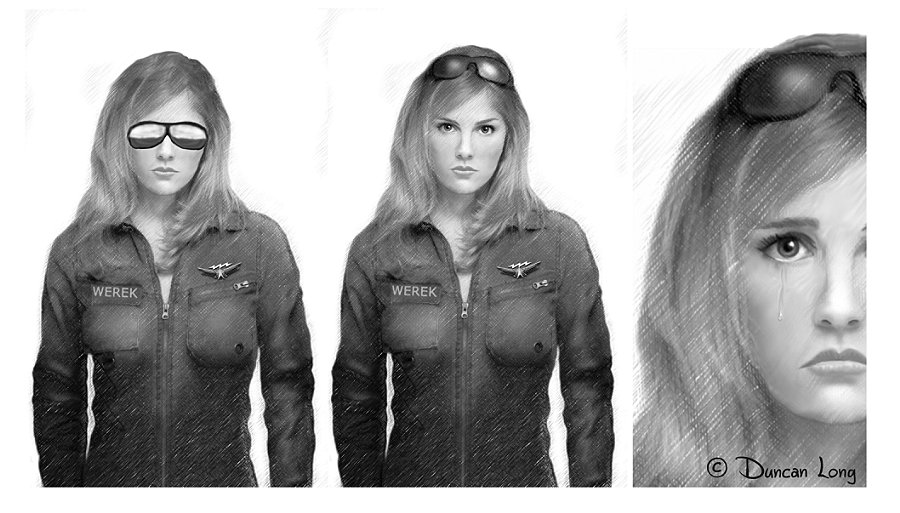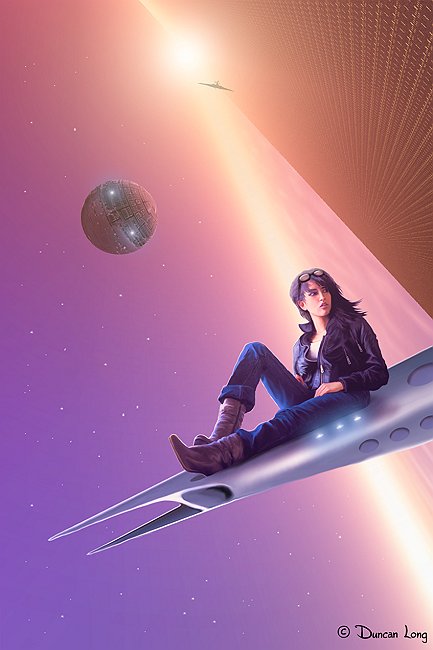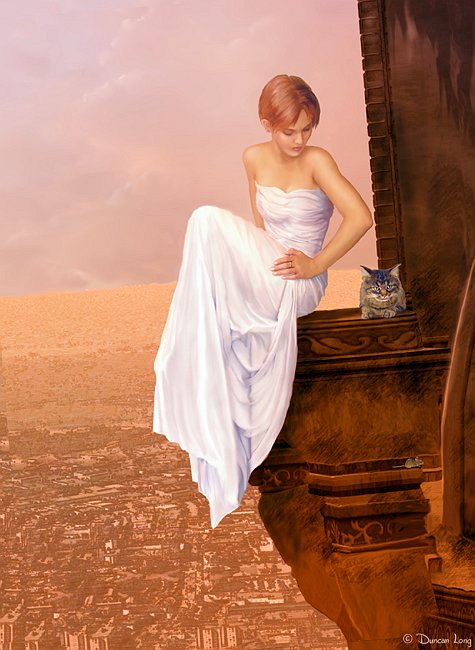Minimalist Book and Magazine Illustrations
filed in Book Cover Illustrations and Artwork on Feb.27, 2010

One of the neat things about illustrations is that they can leave a little — or a lot — for the viewer’s imagination to “fill in.” Possibly this is one reason that an illustration can be more real and moving than a very precise digital recreation or photo which may offer more realism, yet be less engaging to the viewer.
A times an illustration can become almost minimalist, barely fleshing out the important details and leaving all else to the imagination.
Of course a book illustrator needs a brave editor to go along with this. The concept that “more is less” sounds good, but gets a bit iffy when it is your book and its earnings on the line. So such minimalist illustrations don’t appeal to everyone, and especially those who might be faint at heart.
And the bare minimum generally calls for a plain background to work. When the background gets busy, the partial constructions in the foreground become easily lost and the picture confusing.
But when everything clicks, these minimalist illustrations become powerful. They’re also very useful for story telling since the illustrator can place the important elements of pose, expression, and props in a variety of positions — and leave everything of no importance out.
That tree in the background or bird in the sky or whatever isn’t distracting because it isn’t there.
This “story line” of picture prompts the viewer to engage with the artwork, creating the storyline in his mind. For example, in the picture above, the viewer is free to speculate on what might lie inside the box, what the relationship is between the guy and gal, why they aren’t together, what they are thinking, etc., etc.
At first it appears things in such a picture are simple, yet as the viewer starts to ask questions, to study expressions, and such, he is (hopefully) drawn into the picture and pushed toward creating his own story.
Or, in the case of a book cover, he can be enticed to buy the book to see what the story is about (and whether his speculation about the picture is correct).
So what story does this picture inspire in your mind?
==================
See more of my book illustration work at: DuncanLong.com
Comments Off on Minimalist Book and Magazine Illustrations
